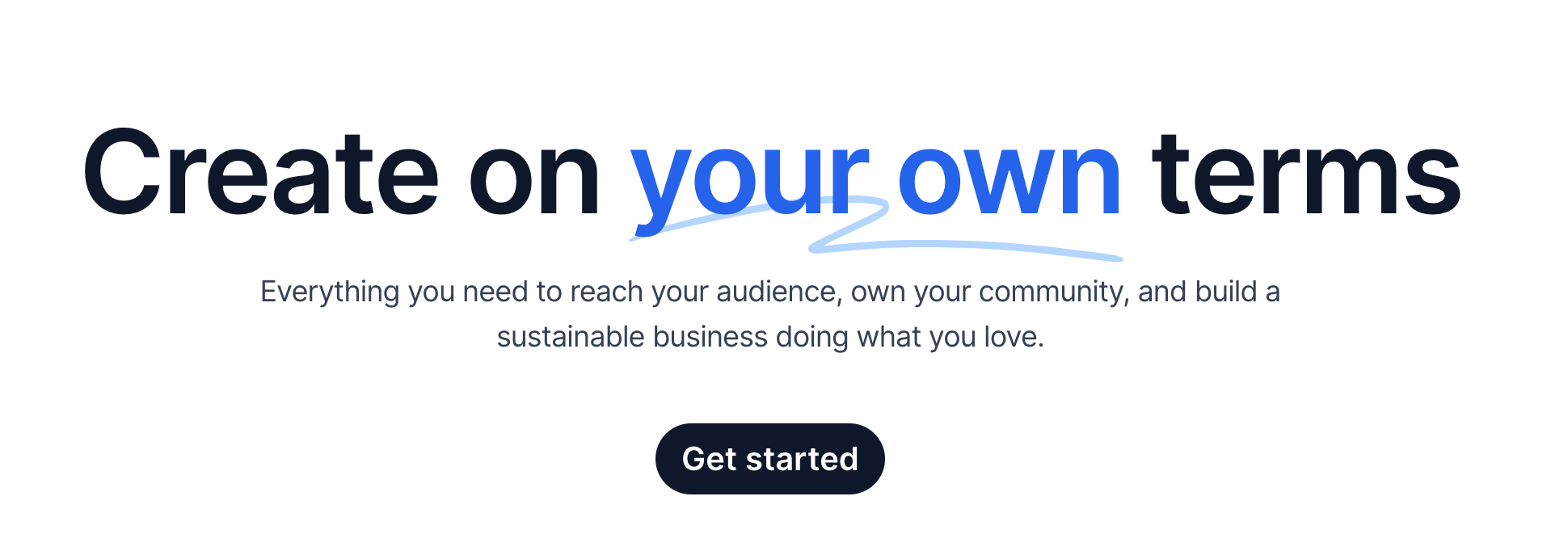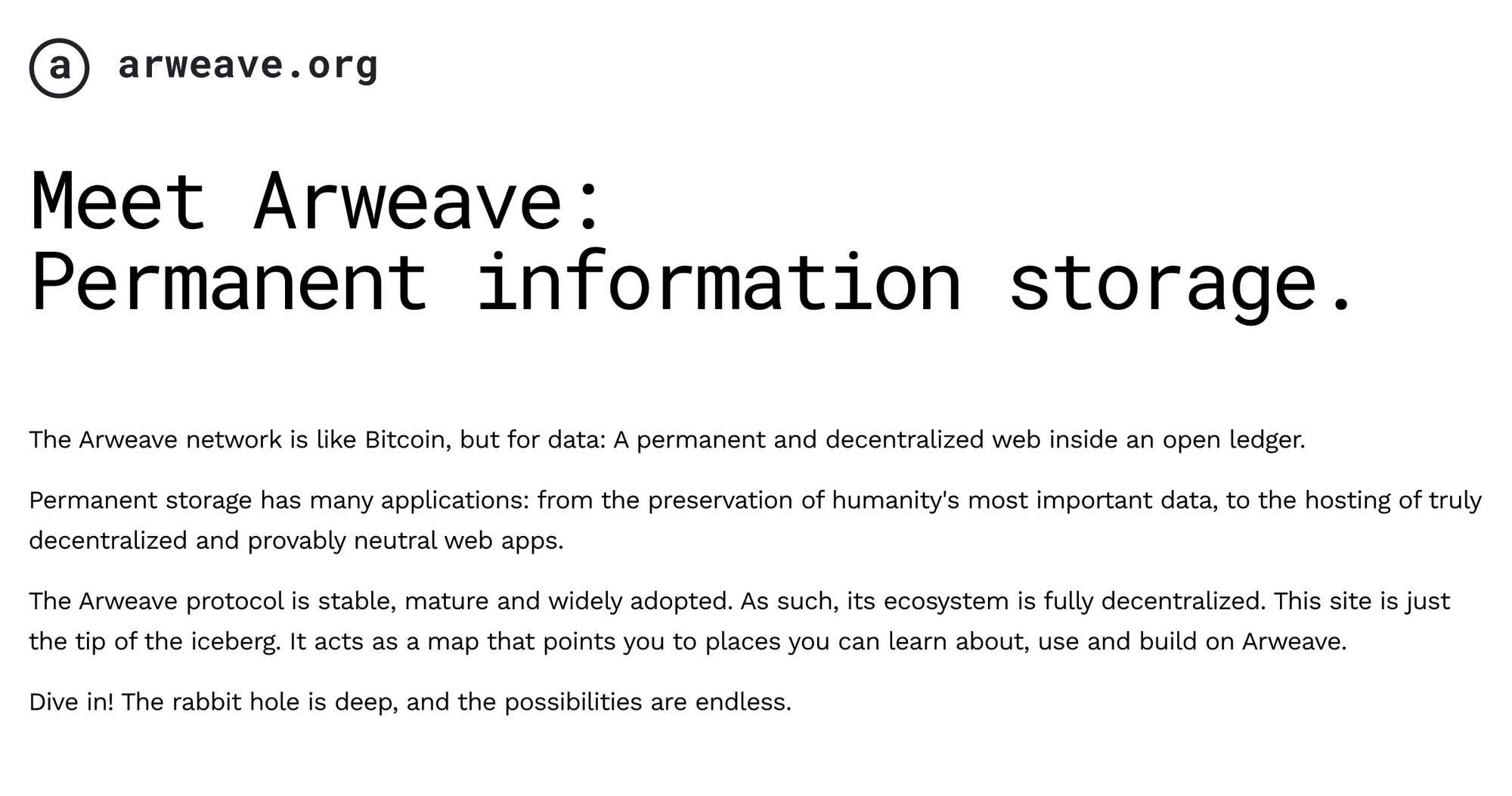Moving words onchain with Paragraph.xyz
The media business needs a new model. Will onchain publishing be it? Is there enough utility to publishing and archiving text-based posts onchain for this new publishing format to work?

When you think about it, bringing text-based content onchain makes sense.
After all, one of the key advantages of publishing onchain is that you can create an origin point, or show that you are the verifiable creator or owner of that writing.
This ability alone, especially at scale, could change the way we create and consume media on the internet.
Right now, it’s easy to rip off text online and repackage and claim it as your own. I have posts republished on someone else’s site without permission or compensation all the time. The best ones link back to me like it’s no big deal.
While don’t think having an onchain record or proof of publishing onchain will help things immediately, I do think long-term this will matter, and more tools will exist to help us verify and confirm the origins and accuracy of the data we consume.
Another reason for publishing text onchain is that it gives more functionality or optionality in terms of preserving text as a permanent record.
Publishing onchain also brings with it the advantages that we see with other onchain activities, such as the ability to interact with content via a web3 wallet.
Onchain publications give readers the option of collecting or minting posts as NFTs and publishers the option of creating more advanced media platforms that are token-gated or require some kind of membership, which can be managed via a connected wallet.
In the post below, we’ll check out some of the advantages and potential obstacles to blockchain-based publishing.
Check out the related posts here: March Madness onchain, Tracking fitness onchain, and Minting NFTs.
Onchain publishing with Paragraph
On one hand, Paragraph is an easy-to-use publishing and email newsletter platform that is set up with a bunch of turn-key features that make it simple to get set up and start publishing written content like company blog posts or long-form updates.
On the front end, Paragraph is similar to other platforms that streamline blogging and newsletter functions, like Substack or Beehiive.

What makes Paragraph different is that on the backend, the platform already has onchain capabilities baked in. This makes it super simple to do things like connect your Paragraph account to a web3 wallet, or use a web3 wallet for credentialing during account setup (rather than using an email address, which is pretty much the default on the internet right now).
There are also interesting onchain distribution components enabled by using a platform like Paragraph. Rather than just distributing to an email list, onchain publications can also push content directly to a subscriber’s wallet. There are also alternative membership models, such as token-gating, which is like a sophisticated paywall.
Beyond credentialing, maybe one of the biggest features for consumers of onchain media is the ability to mint or collect posts from the writers they follow. It’s not clear what the end game is with collectible posts, but it does show a higher level of engagement from readers and it might be the beginnings of a new kind of media market.
Paragraph is also integrated with other onchain apps such as the NFT platform, Zora, and the social media protocol, Farcaster, which creates a lot of options for creating content and for easy distribution.
Publishers on Paragraph
Another big component of publishing onchain is that the post is also automatically recorded to a blockchain called Arweave.

Arweave was created to make it possible to permanently record text posts as a kind of digital library or a “permaweb.”
I plan on taking a deeper dive into Arweave and why it exists — and maybe more importantly whether everything should be permanently recorded and some of the advantages and disadvantages in an upcoming post. But for now, we have enough to go on to understand that this auto-archive feature is something new.
Paragraph also creates a network of creators, which can help writers cross-promote. There are also onboard incentives for Paragraph users to engage with each other’s content to help with distribution and overall engagement.
Like other web2 platforms, Paragraph has built-in tools for SEO and discovery, so that even though the content is stored and available onchain, it can also be found and consumed via traditional search engines and aggregators.
What about Mirror?
Just to be clear, Paragraph isn’t the only onchain publishing platform. There are others out there, like mirror.xyz, that are also building new media options.
Mirror is similar to Paragraph in that writers can publish onchain and readers can collect posts as NFTs. Mirror also uses Arweave to archive and save posts.
Doing a quick side-by-side, it does look like Paragraph has more integration and functionality right out of the box when compared to Mirror, especially in regards to doing more with NFTs and native social sharing.
The takeaway
There is some irony here regarding my work and onchain publishing. On one hand, it seems like a perfect fit. I just spent the past few weeks diving into onchain apps and writing about them. So it makes sense to publish those findings onchain.
On the other hand, onchain publishing isn’t a great fit because that’s not really where my audience is. At least, that’s an assumption I’m making based on the stuff I write about. But who knows, maybe that will change.
The fact that moving my writing and publishing onchain isn’t an immediate or easy decision I think underscores some of the bigger issues with web3 as a new media model.
What I mean is that changing the way people consume or interact with internet artifacts like blog posts or company updates is going to be difficult. Sure, it’s cool that people can mint and collect my posts — especially if I come up with something unique or different.
But let’s be honest, most of my posts (and nearly all of the other blog posts and internet writing also have a shelf life, so I’m not super bullish on the idea that people need to (or would want to) mint and collect my stuff. I’m happy enough if readers sign up to get a weekly email from me. Right now, I have the same feelings about the need to permanently archive all of my posts. I’m just not seeing the need for it.
And then add to the mix that internet readers are conditioned to consume media for free and with minimal barriers, and the case for moving my writing onchain right now starts to feel not that urgent.
Even still, I’m optimistic. I do think that someday the timing will feel right. I’m also eager to try out onchain publishing platforms so that I can test some of my assumptions and ideas and see where or how I can help contribute to new media models.